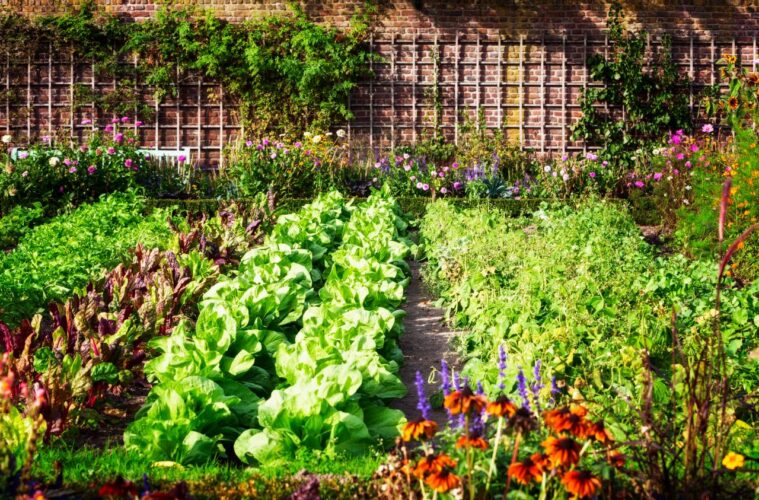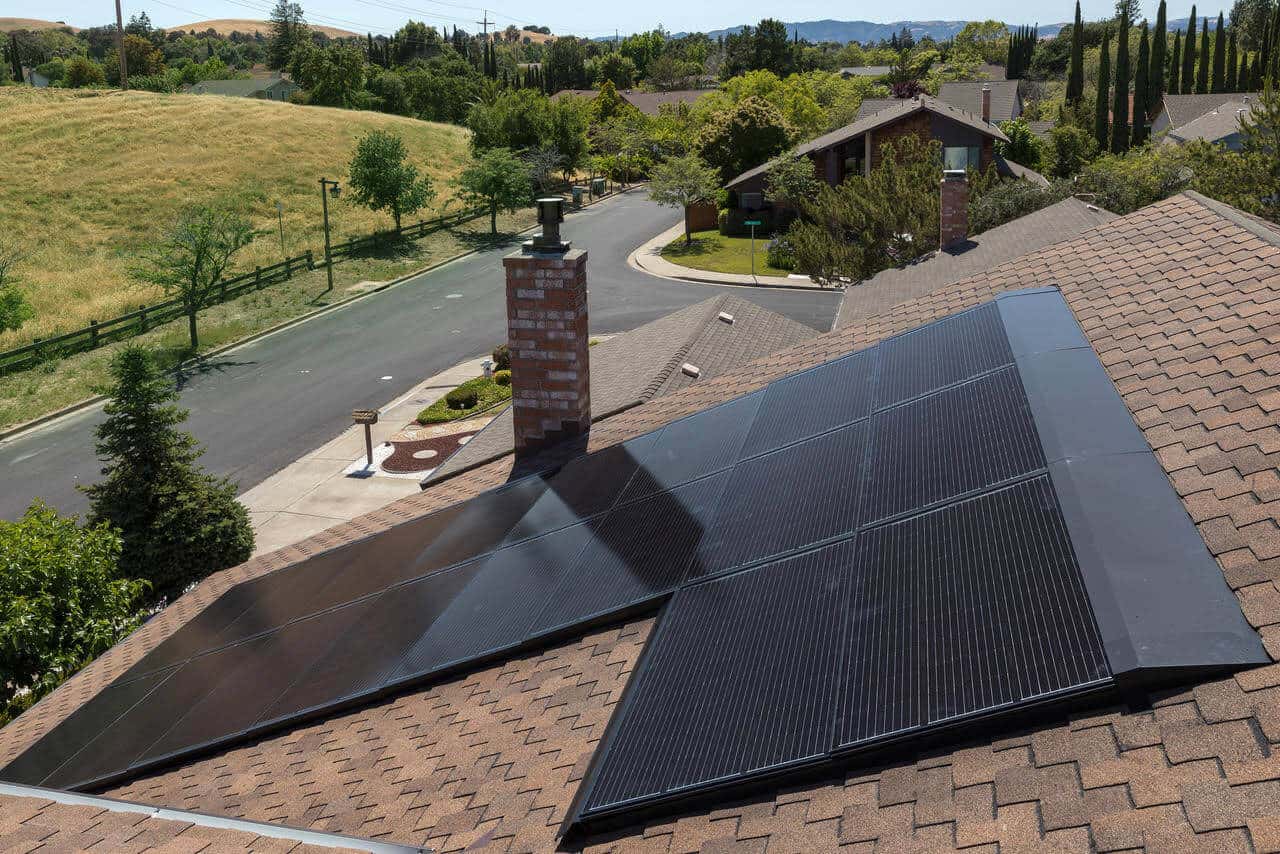Most people know that vegetables and fruits are healthier than processed food, but many don’t know how to grow their own. Well, it’s not as hard as you might think.
There are a few easy ways to get started, and you don’t even need huge plots of land to do it. Here The Architecture Designs explore six ways to grow a food garden even when you don’t have a lot of space:
Start with Food Scraps
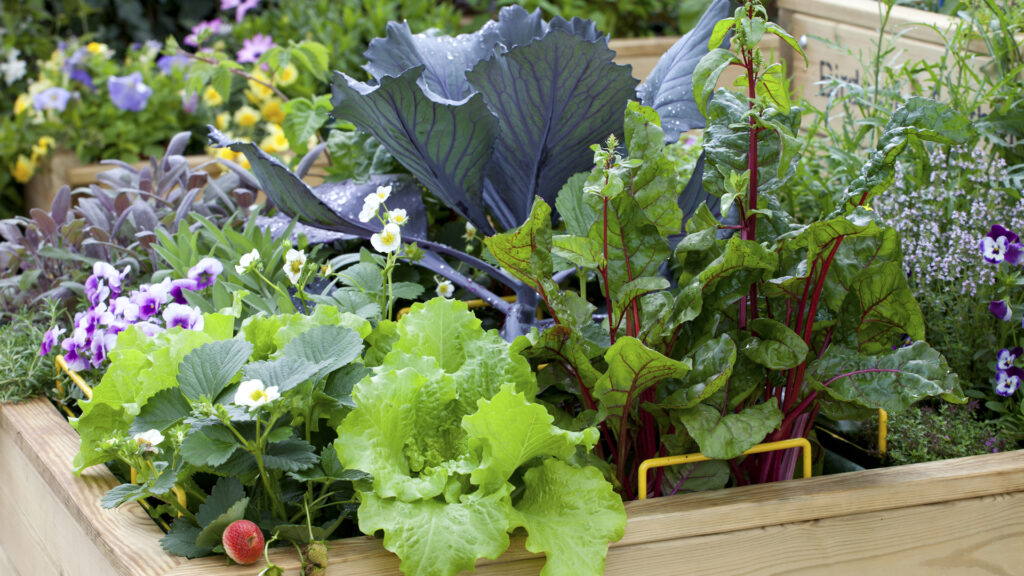
source: pinterest.com
Food scraps are the simplest way to get a garden started. They’re cheap (since you don’t need to buy them), easy to do, and sustainable.
The simplest way to grow food scraps is to submerge the likes of lettuce or the leafy part of a carrot in water. Once you start to see roots, you can then move them to a pot with soil.
So that they will grow healthy, create compost. Mix your scraps with some paper and other organic material to keep the pile going. If you don’t have a compost system on the ground, just put it in a bucket under the sink. Just remember to stir it once in a while so that it decomposes faster, and then use that soil for your plants.
Use Raised Beds
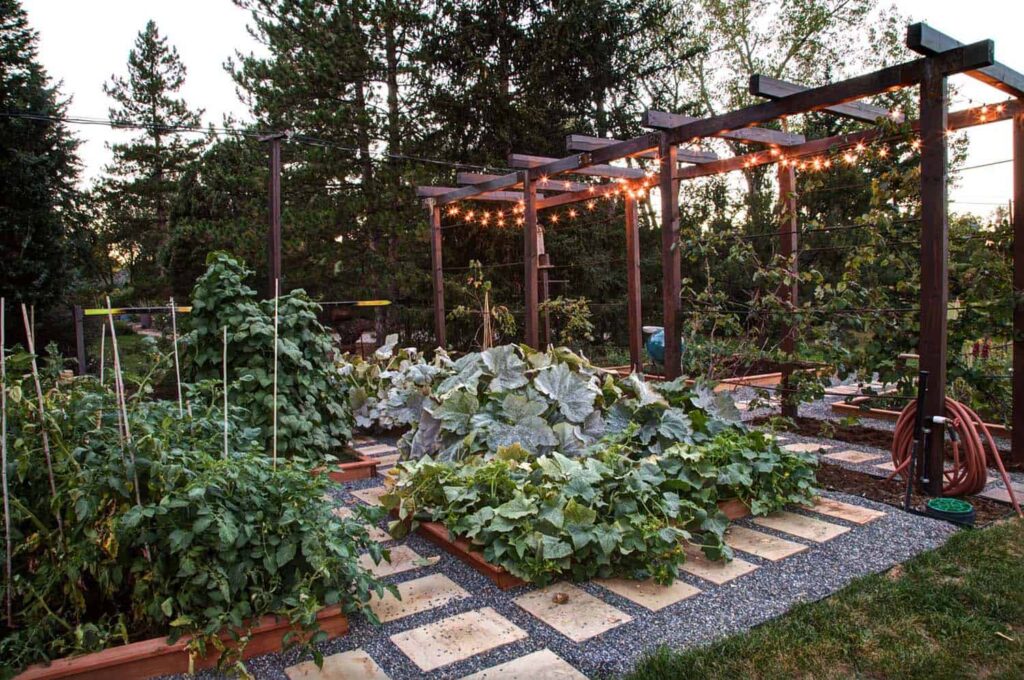
source: pinterest.com
If you have the time, effort, and money to put into it, then raised beds are a great way to grow food. Raised garden beds are raised off of the ground, with a barrier between them and the soil.
There are many benefits to this. First, they’re great for drainage. Second, raised beds offer the advantage of being weed-free, which makes it easier to maintain your garden.
You can make these beds yourself or buy a 4×4 raised garden bed to save yourself the hassle. In each small plot, you can plant compatible veggies or herbs, so you can grow different crops despite the limited area.
Opt for Companion Planting
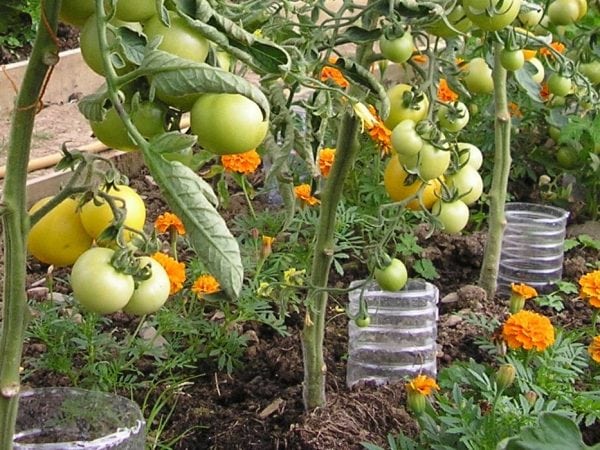
source: gardenersmag.com
Instead of planting all your food plants in one area, you can have them grow next to each other. This method is called companion planting.
You don’t have the produce from every single viable plant viable crop, but due to a beneficial mixture of plants—like growing tomatoes next to basil—you get a better yield than what you would if you had one single plant of every kind.
Companion planting also creates natural pest control. Since some plants release smells to ward off pests, they can help protect your crop from harmful insects and animals.
Plant in Containers
If you don’t have a lot of space but still want to grow your own food, then containers are the way to go. You can put together a garden using various types of containers, even just pots and pans.
Here’s what you do. First, choose healthy plants and make sure they like the sunlight and temperature conditions of the place you’re putting them.
Once you’ve chosen your plants, see to it that you have enough potting soil and fertilizer to last till the harvest (although the latter is not compulsory, it does help your plants grow better).
If there’s not enough sunlight near where you plan on growing your food, then opt for a south-facing window instead. For more space, you can plant your food crops in bigger containers or even on top of a table or another elevated surface.
Consider Hydroponics
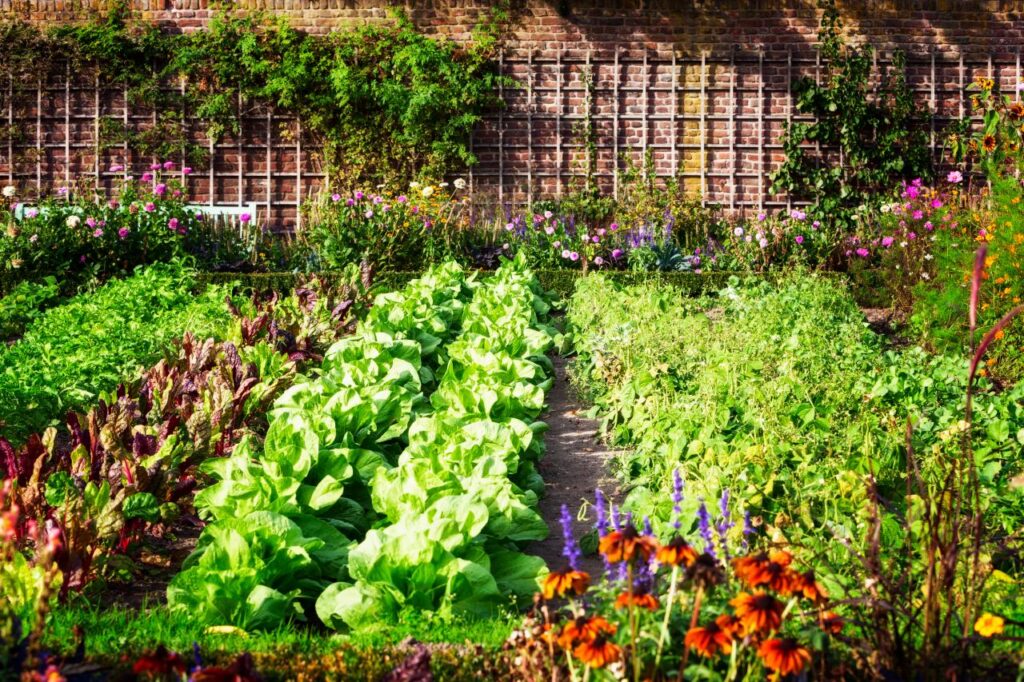
source: hgtv.com
Hydroponics is the science of growing plants without using soil and using only nutrient-rich water instead. This method has become popular because it’s easy, efficient, and requires less space than traditional farming.
It can also help you grow healthier plants since there’s no risk of your plants coming into contact with pesticides or fertilizers that aren’t intended for the crop.
A typical hydroponic setup includes a ballast, a growing tray, a nutrient feeder, and a water reservoir below. You’ll also need an electricity source to power the lightbulb used for lighting, so your plants can grow well.
Maximize Your Walls
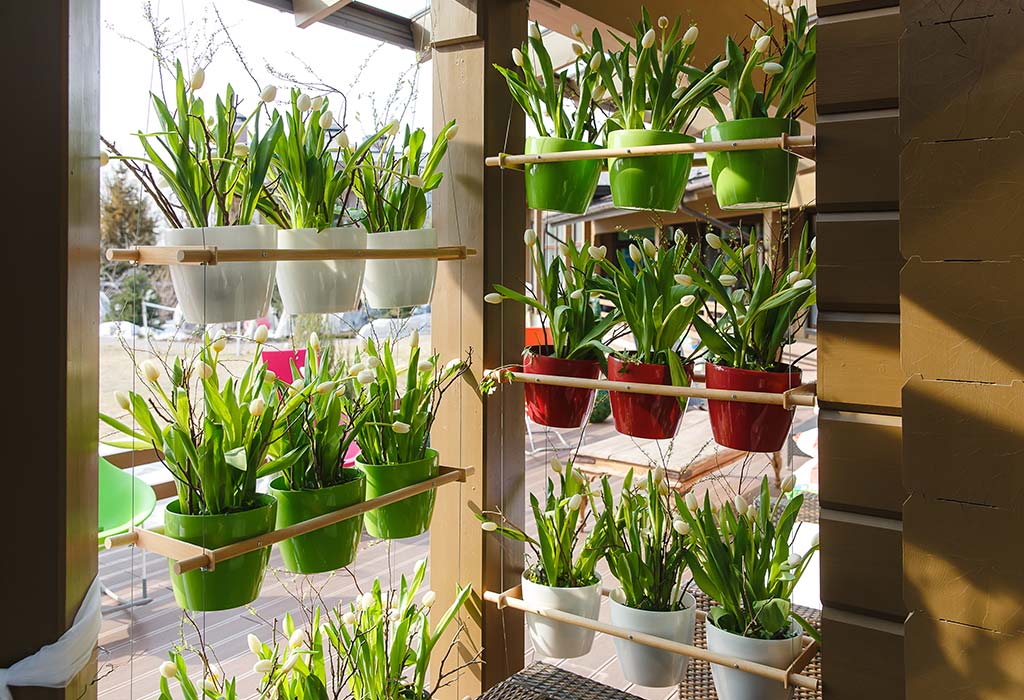
source: pinterest.com
Walls and fences are great places to plant your food. You can plant even when you don’t have soil or ground, making this a perfect option for those living in urban apartments or condos.
To grow food vertically, choose plants that love to climb (peas and beans are perfect). Next, install a trellis or potato tower near your wall. This will give your plants the support they need to grow strong.
Growing a food garden can be a fun hobby for you and your family or friends. It can also be a sustainable method of consuming healthy food. Either way, it doesn’t need to be complicated. You can begin with these six tips.

